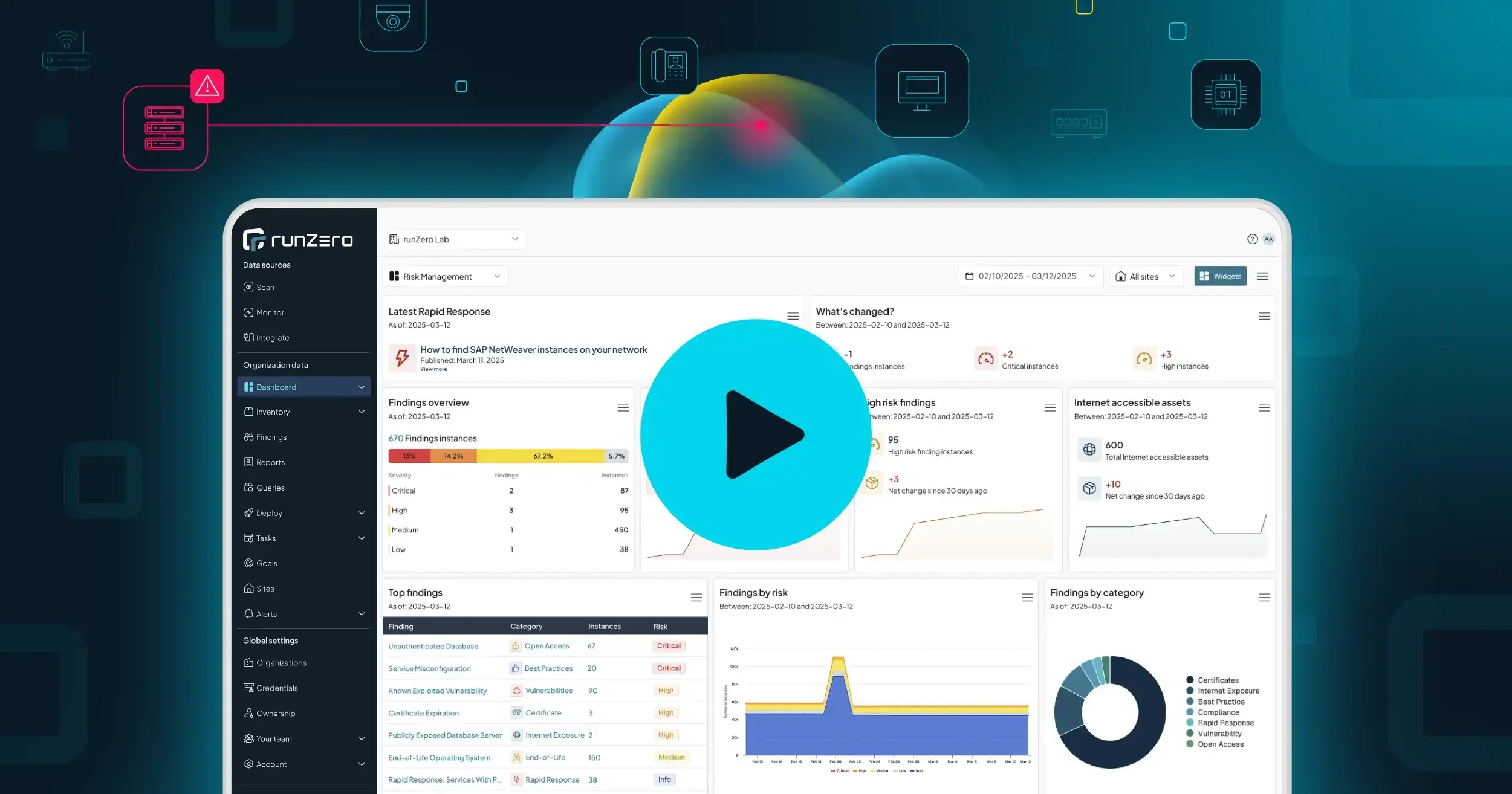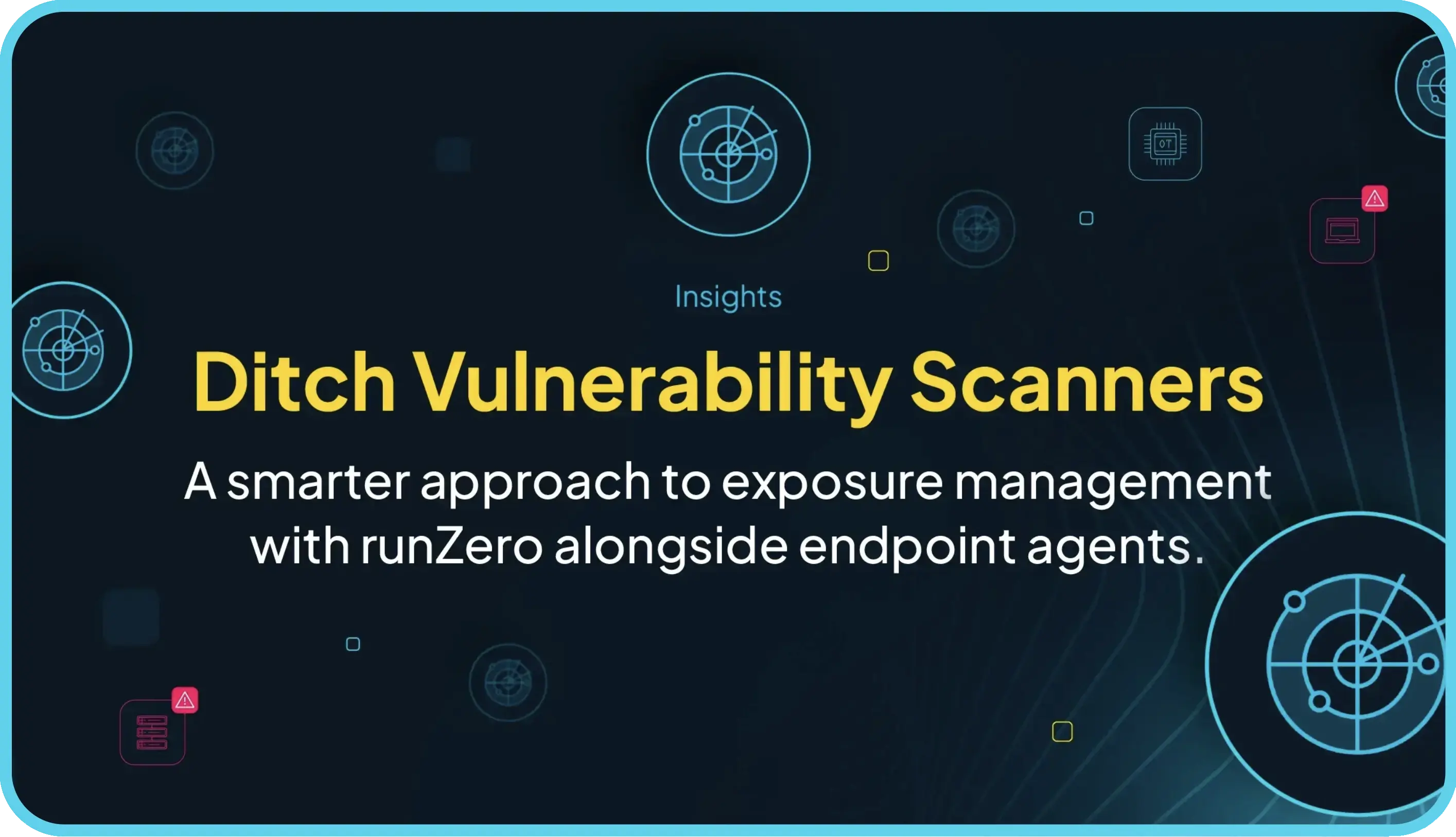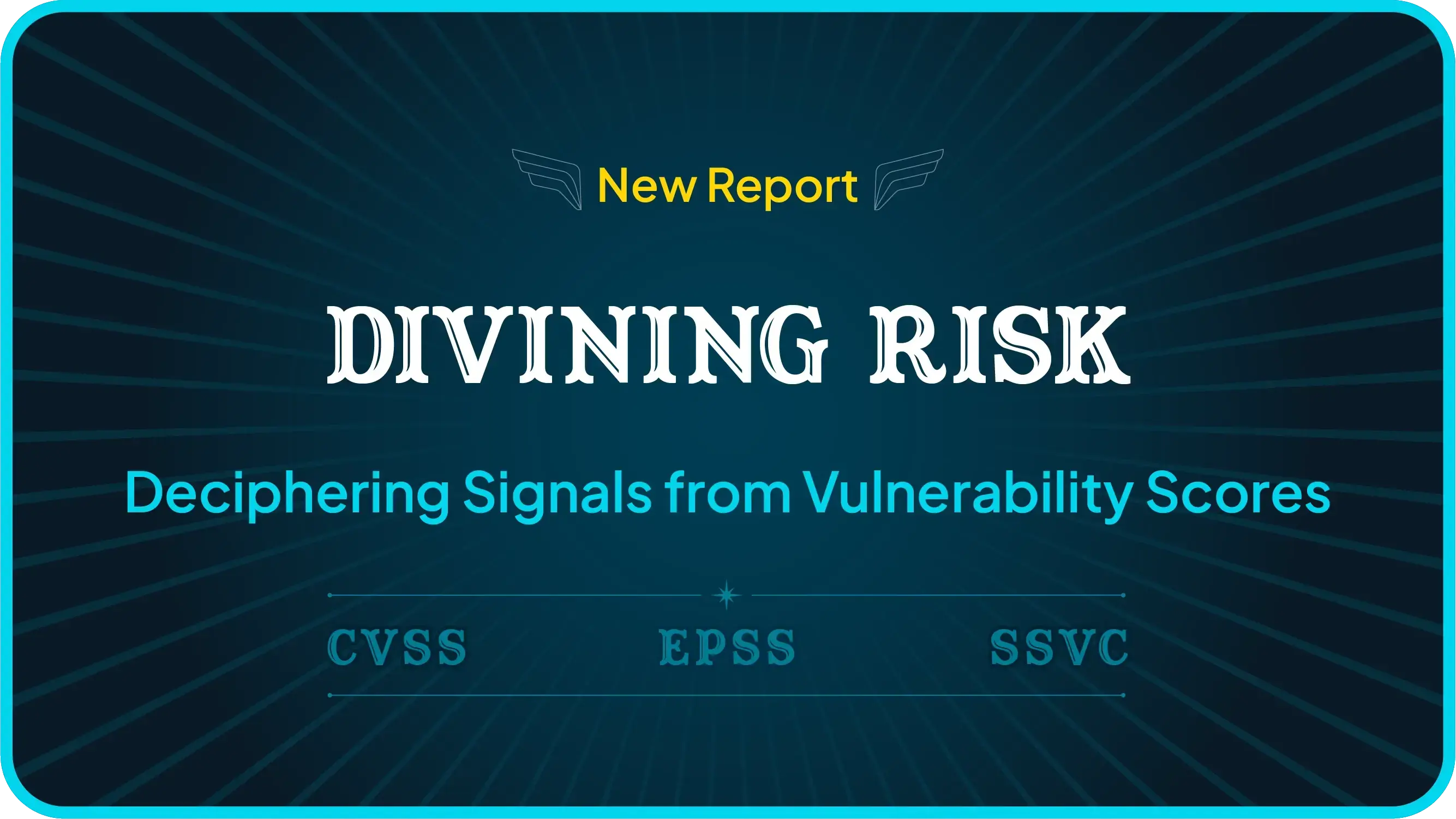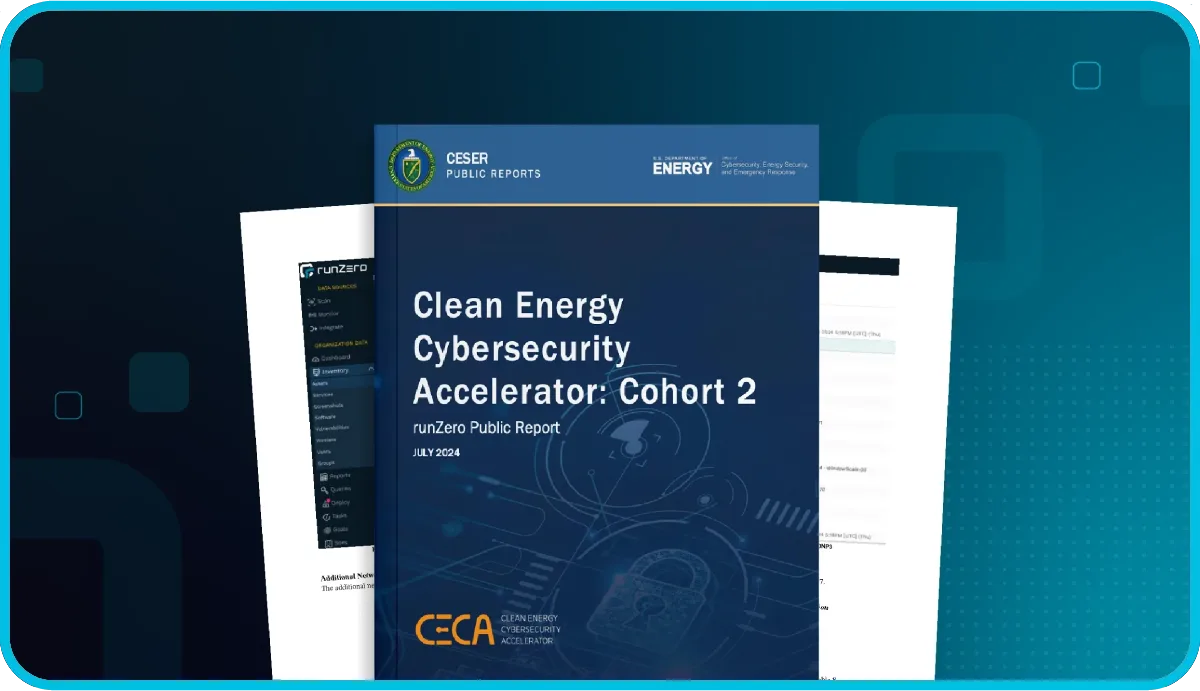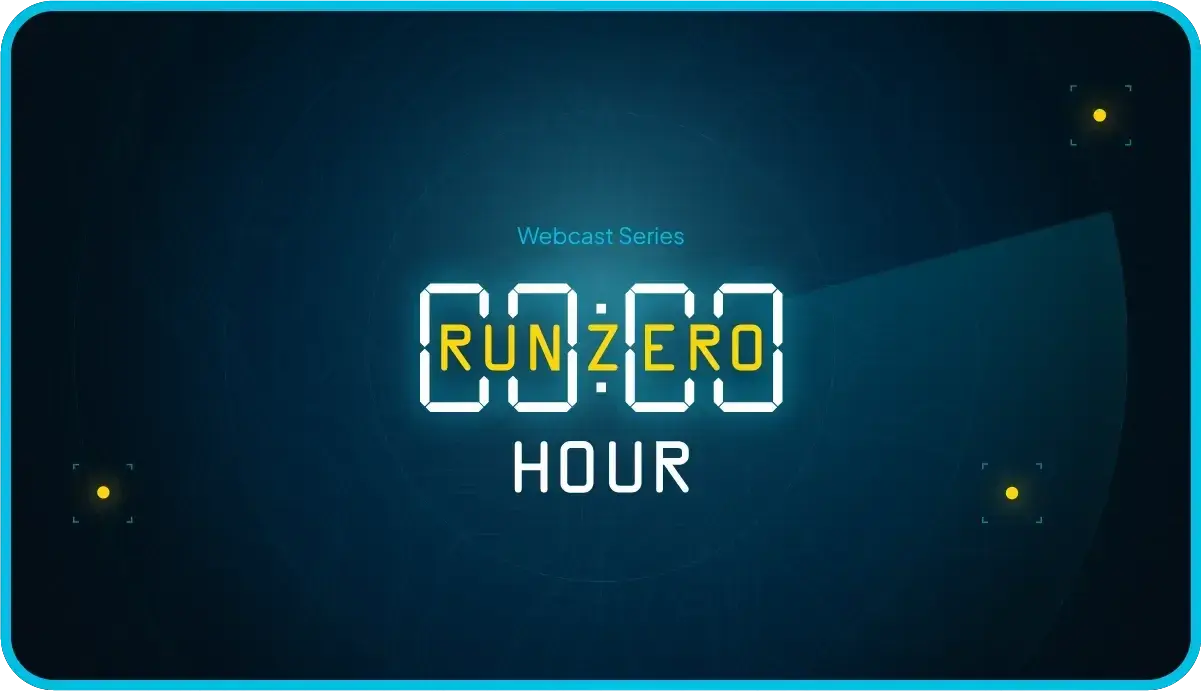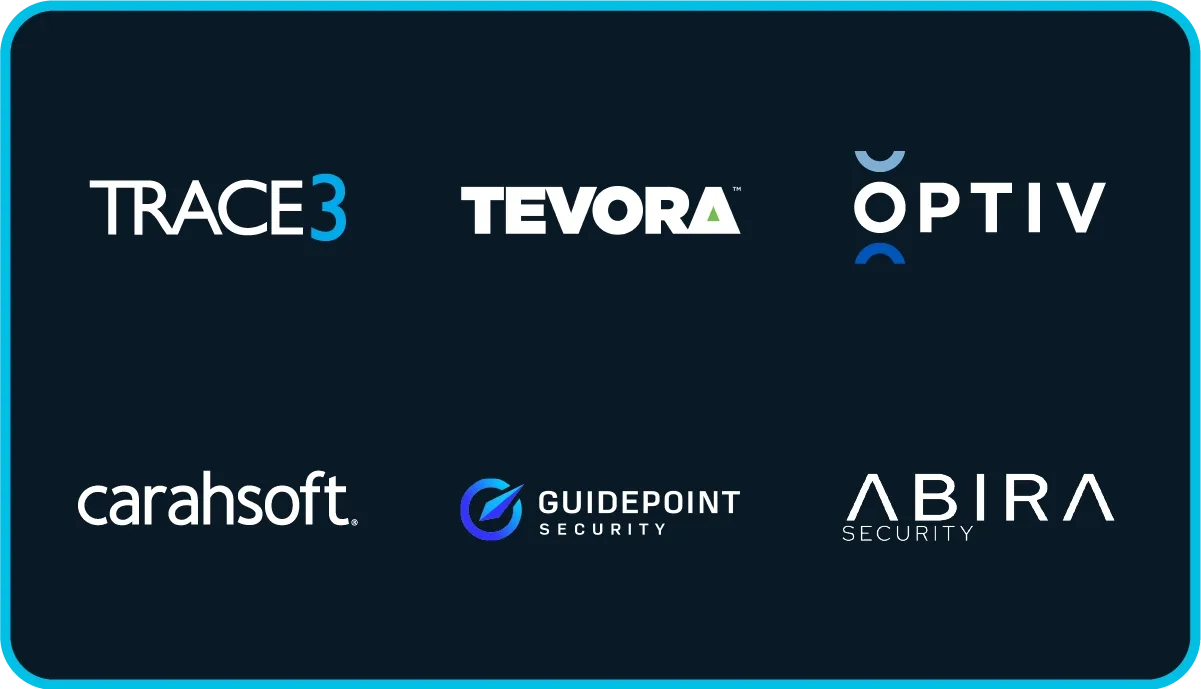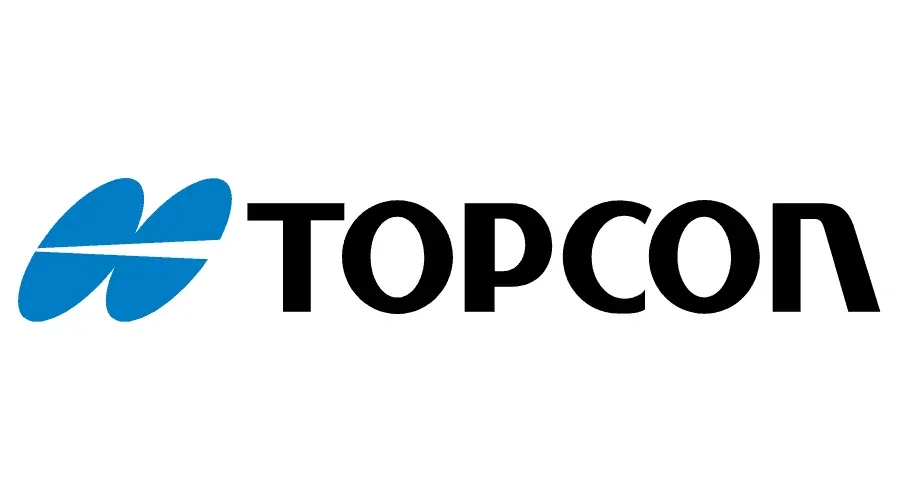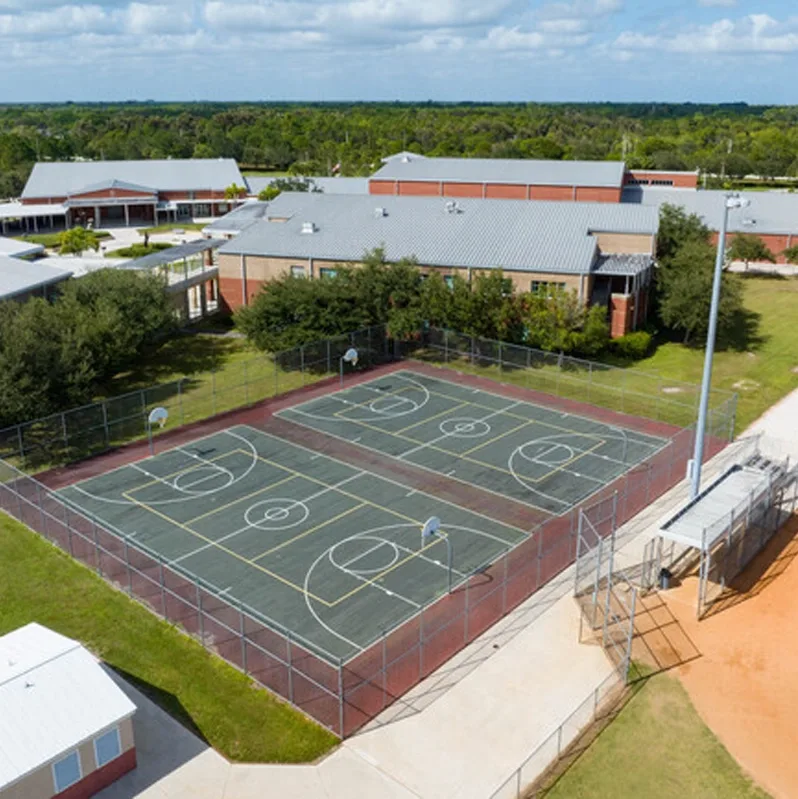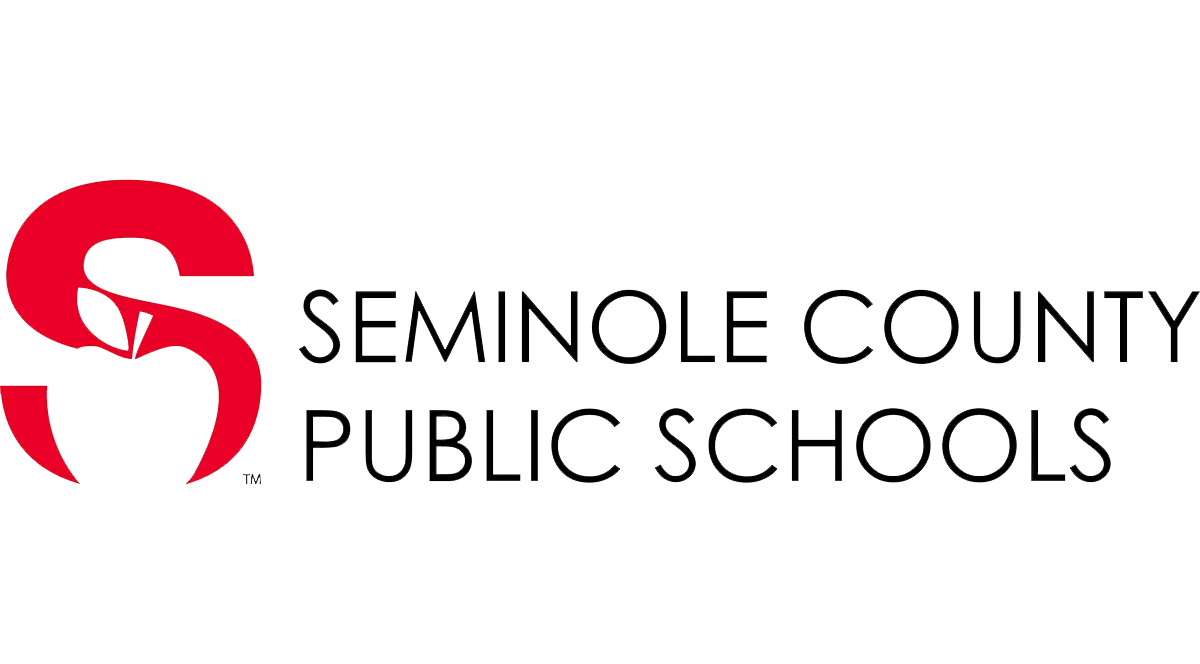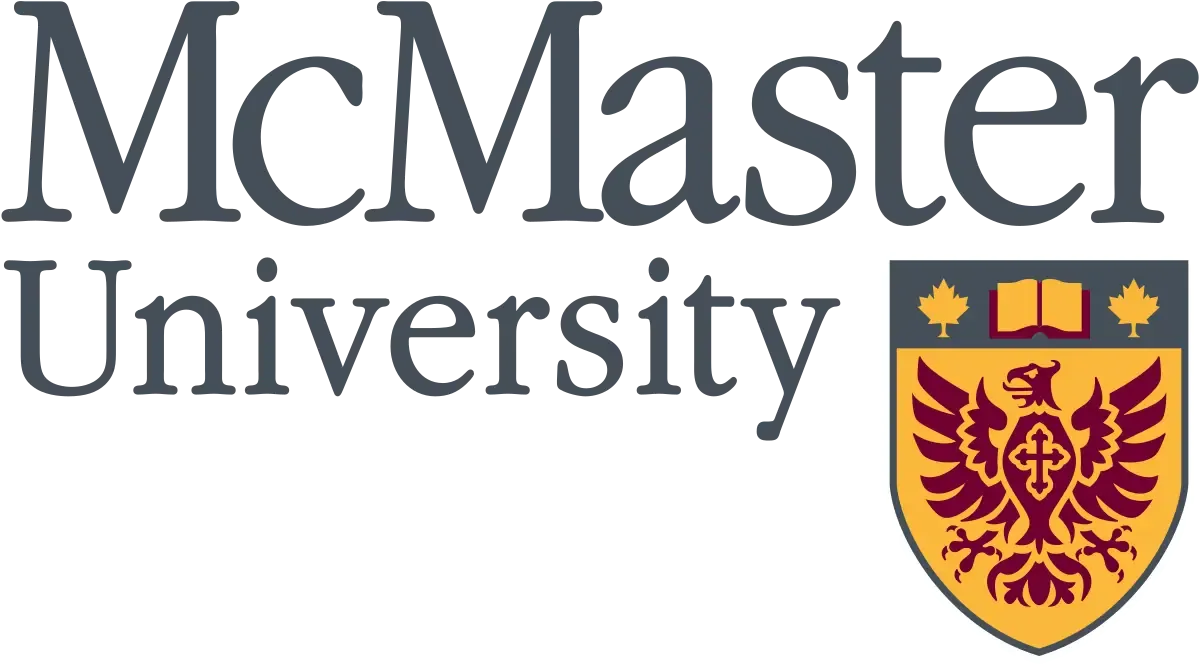Overview
York University realized there were key gaps in their security program, including lacking a centralized view of all of the assets in their environment. Their manual approach to incident and vulnerability detection and response wasn’t scalable. Additionally, their security toolset of Nmap and Tenable’s Nessus was incapable of supporting their goals for full, centralized cyber asset discovery and inventory. York University discovered runZero and were immediately impressed with their interest and commitment in supporting the higher education sector. With runZero, York University has increased visibility into their environment, reduced overall risk for the university community, and increased efficiency.
Favorable Outcomes
How runZero helped York University:
Discovered 2.5x more assets
Increased visibility, including uncovering unknowns, has enabled York University to better protect assets.
Reduction in overall risk
Insights from the runZero Platform have helped York University pinpoint risks and spot anomalies.
Increased efficiency
York University's security team has a newfound ability to do their jobs faster by automating processes.
Visibility beyond campus
With the Microsoft Defender for Endpoints integration, the team's visibility extends beyond the bounds of the campus.
Problem
Chris Russel, Chief Information Security Officer (CISO), and his security team realized there were some key gaps in their security program, including their lack of complete, centralized network visibility. They also knew that their manual approach to incident and vulnerability detection and response wasn’t scalable and needed an overhaul to save their small team with limited resources valuable time and effort. While Russel and team had been utilizing Nmap and Tenable’s Nessus, they quickly realized their shortcomings.
Solution
York University discovered runZero and were immediately impressed with their interest and commitment in supporting the higher education sector. Russel and his team have since enjoyed runZero’s ease of deployment and use, helping them reap the benefits of the platform and get to value that much quicker. runZero has helped increase their speed to action for incident response, rapidly detecting and mitigating vulnerabilities, and contributing to Russel’s ease and speed in pulling reports for making critical decisions.
Outcomes
Before runZero, the York University security team was aware of and protecting roughly 10,000 assets. With runZero, they have been able to discover and better protect 25,000 assets, including IoT devices. This represents 2.5x the assets they had insight into before, or a 150% increase. This increased visibility has also helped reduce overall risk for the university community. Another key value-add that the team has tracked is an increase in their efficiency so they can do more with their limited time and resources.
Why runZero?
"We use runZero for things like ad-hoc reports and being able to understand the nature of our environment better at a glance. We can get a good view into what’s out there and dive into details of groups and classes of assets, and physical and logical areas of the network landscape, as we need to, which is not something we were ever able to do before very easily. runZero provides that interface that allows us to dive into those details pretty quickly, run reports very easily, and gain awareness of what’s out there. It just makes that whole process fast and easy" - Chris Russel | Chief Information Security Officer | York University
